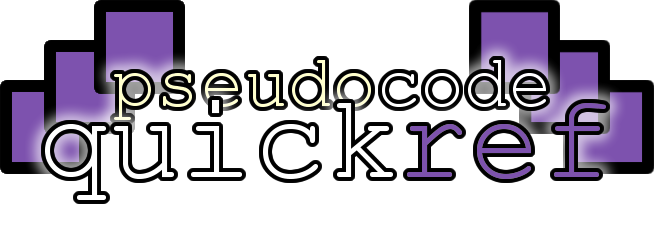

This resource is designed as a quick reference or revision guide. It has not been endorsed by any exam boards. If you spot any mistakes, please let me know and I'll fix them asap.
This website aims to give a quick reference for VB.NET, Python and C# and pseudocode and is aimed primarily at teachers & students working towards a GCSE or A Level in Computer Science
VB.NET, Python and C# are programming languages designed to be understood and followed by computers. Pseudocode is not a programming language: it's written to be understood by humans so that they can turn it into any programming language.
Each skill has example code in Python, C#. You can also enable VB.NET and Pseudocode for OCR GCSE if you'd find that useful.
If you know what you're looking for, use the search bar above the categories list.
A repeat until loop will keep repeating until a condition is met.
This is known as a post-conditioned loop because the program checks if the condition has been met after the code in the loop runs. This means that the loop will always run at least once.
It is also an example of indefinite iteration because the loop could carry on forever if the condition is never met.
This example program keeps asking the user "Are we nearly there yet?" until they say "yes"
Loading...